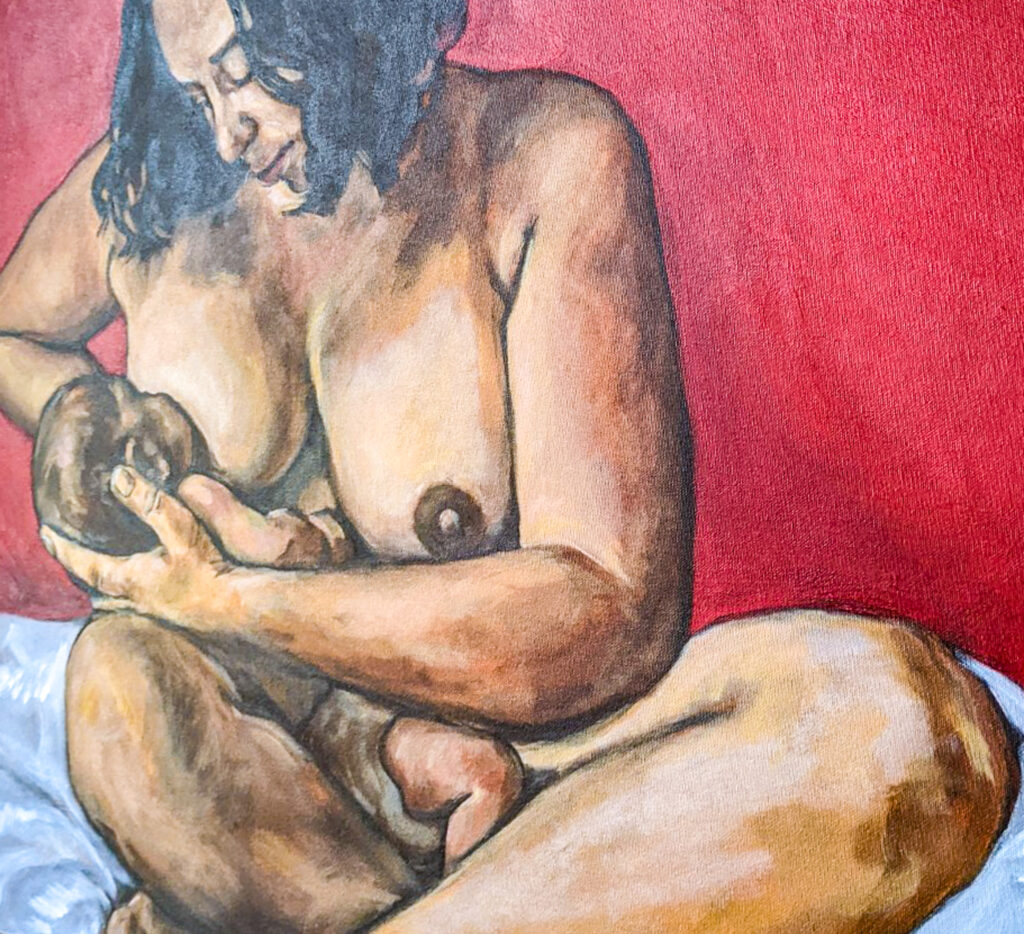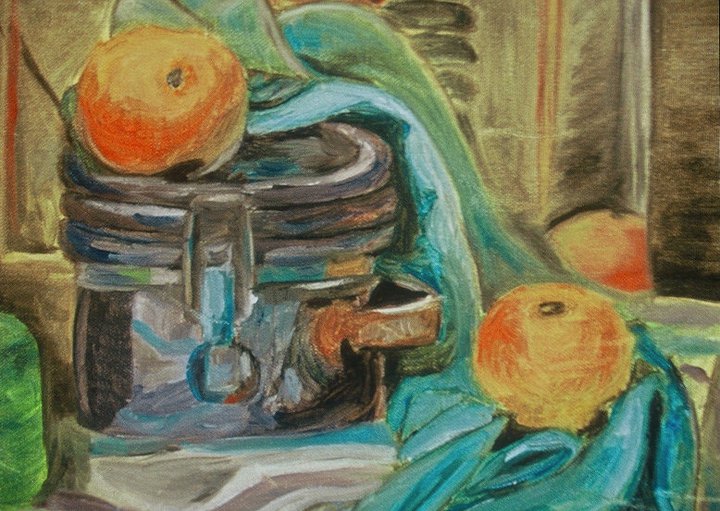Lack of Representation within Art & Media

Childbirth and lactation are important aspects of the human experience, yet historically, images of these experiences in art and media have been limited and narrow. The idealized images of these experiences often feature white, cisgender women, leaving out a significant portion of the population and contributing to a lack of representation and recognition for those who do not fit this narrow ideal.
Throughout history, the portrayal of childbirth in art has been influenced by cultural and societal attitudes towards women and their bodies. In many societies, women’s bodies have been objectified and sexualized, leading to a stigma surrounding childbirth and lactation. As a result, images of childbirth and lactation have been limited and often portrayed in a way that emphasizes their sexuality, rather than their function.
In classical art, childbirth was rarely depicted, and when it was, it was often shown as a heroic or mythological event, rather than a realistic portrayal of the experience. For example, in Renaissance art, childbirth was often portrayed as a miraculous event, with the mother and child bathed in divine light. This idealized portrayal of childbirth created an unrealistic expectation of the experience, leading to a lack of understanding and support for women who experienced complications or difficulties during childbirth.

Similarly, images of lactation in art and media have also been limited to an idealized and often sexualized perspective. In many societies, breastfeeding has been stigmatized, leading to a lack of representation and support for mothers who choose to breastfeed. Additionally, the idealized portrayal of breastfeeding often features a cisgender, white woman, further marginalizing those who do not fit this narrow ideal.

In recent years, there has been a growing movement to challenge these narrow and idealized portrayals of childbirth and lactation. Artists and activists have created works that celebrate the diversity of human bodies and experiences, and highlight the beauty and power of childbirth and lactation in all its forms.
In conclusion, the narrow and idealized portrayal of childbirth and lactation in art and media has contributed to a lack of representation and recognition for people who do not fit this narrow ideal. However, there is a growing movement to challenge these portrayals and celebrate the diversity of human bodies and experiences. By promoting a more inclusive and realistic portrayal of childbirth and lactation, we can support and empower all individuals who experience these important aspects of the human experience.


